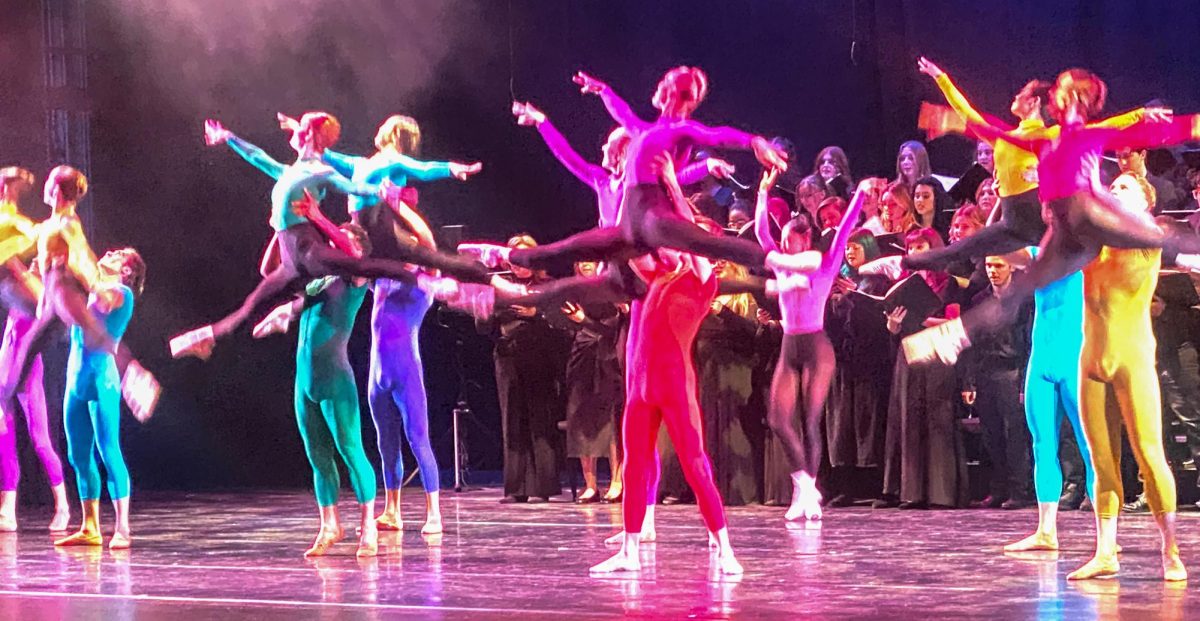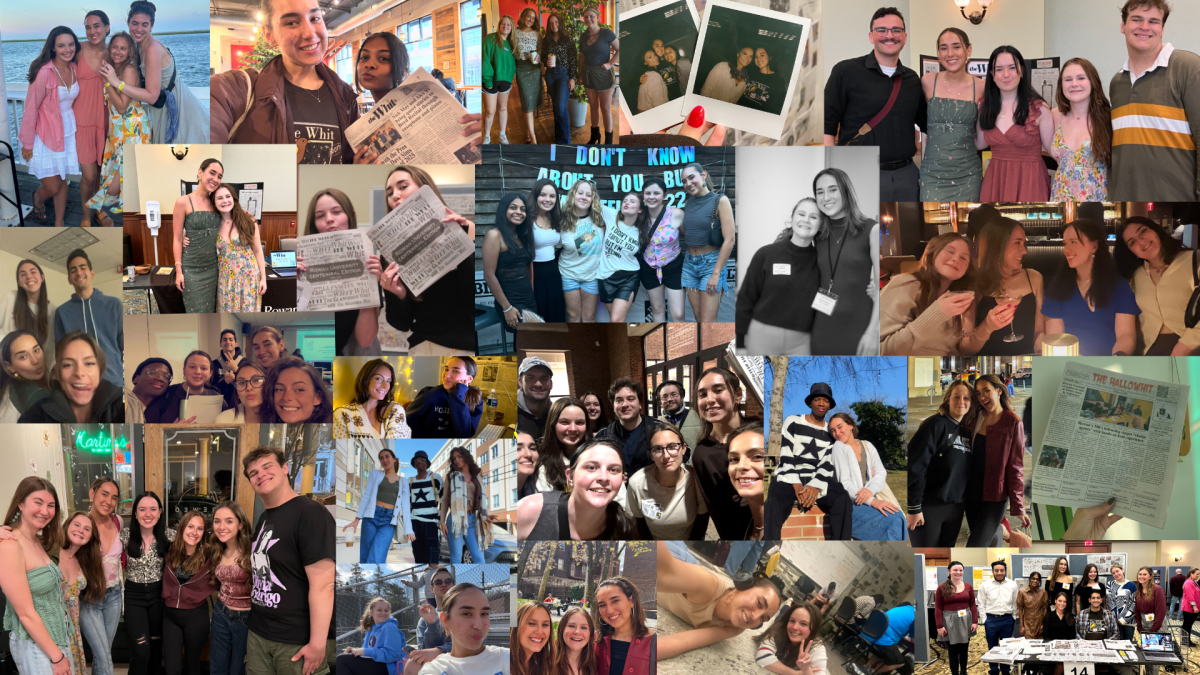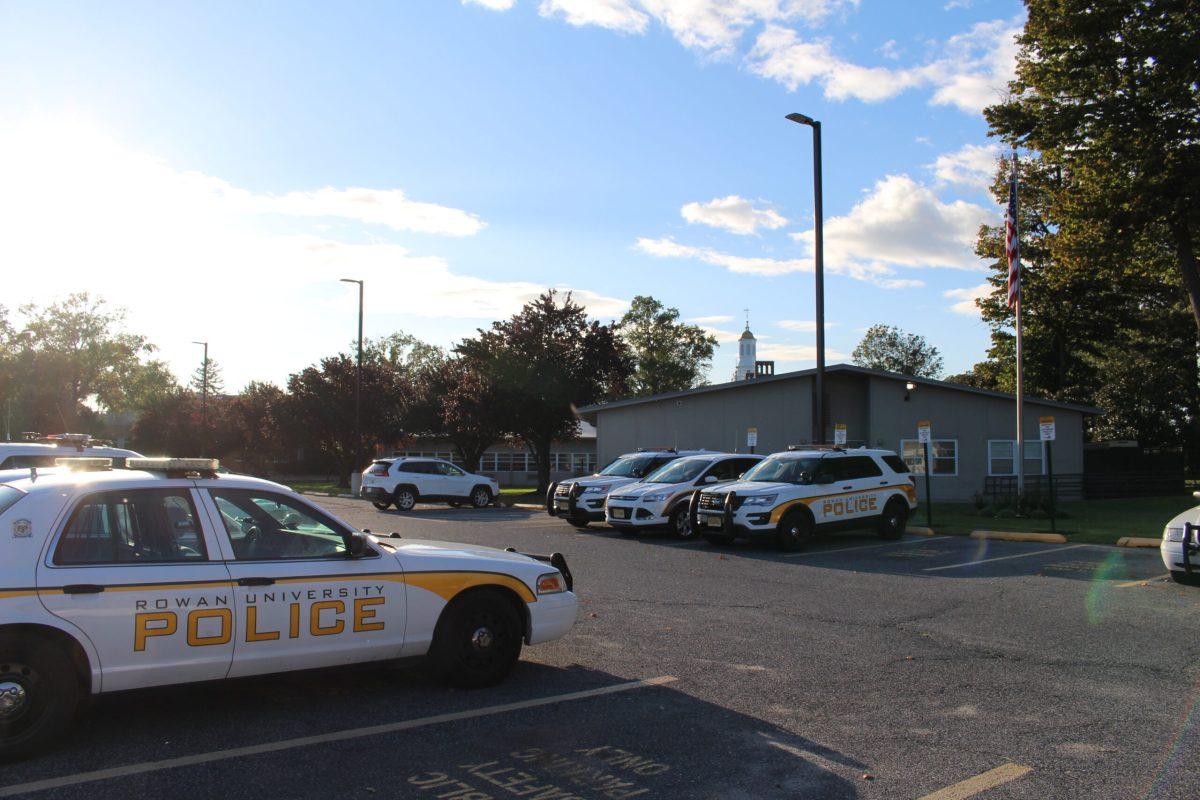In an age where school shootings appear to happen regularly, Rowan offers a shooter safety course run by two verified active shooter safety officers on campus, Lt. Davey and Sgt. Agusta. Rowan University police officers are strategically placed across campus to be able to respond to any call with an average response time of 90 seconds.
“Rowan University has been named one of the top 100 safest college campuses in the United States by the National Council for Home Safety and Security,” Davey said.
Davey continued through his presentation slides that each highlighted what lesson the police force took away from past active shootings throughout the nation. All the past active shootings presented showed a recurring theme that all the active shooters were men. But Davey also touched on the potential female active shooter.
“Maybe the after-incident protocol might raise some separate questions, but our response is going to be exactly the same. Nothing we do is going to change the approach,” Davey said.
Students learned about the background of each shooting and what major lesson the police force learned after every shooting. Rowan University was recently named the 58th safest college campus of 2019.
The officers only referred to the shooters as ‘suspects’ throughout the presentation. Using names, according to Davey and Agusta, gives the shooters more exposure and makes them memorable instead of the victims. Most people can name the Columbine shooters and the Boston Marathon bomber easily; however, the public often fails to name more than three victims whose lives ended.
When noticing a change in mood or behavior, people should try to help or report it before a possible shooting happens or other incidents occur.
After active shooter incidents, post-incident management programs are offered to victims, witnesses and police. The stress of secure mental health has changed drastically.
“86% of active shooter associates report that they foresaw the suspect snapping,” Davey said.
The tactical safety training of the session was hands-on and informative for attendees. Attendees were instructed to always be aware of surroundings and know each exit of every building on campus. Davey explained how he enforces avoiding digital blindness at home, and spoke about his young son and daughter.
“I have always taught my kids to keep their head up, keep their eyes open and be aware of their surroundings,” Davey said.
Avoiding digital blindness, which is the state of being in public on your devices and completely unaware of your surroundings, becomes increasingly more difficult as technology and the need to always be connected plagues the lives of generation Z and millennials.
The term “target rich environment” is used to describe a lot of the areas on campus or anywhere in public that is at risk of being a target. Rowan police follow a “Run, Hide, Fight” model for active shooter situations. The model encourages people to run first in the event of an active shooting, followed by hiding and, if it comes to it, fight.
The officers brought a whole array of tools and do-it-yourself materials that strengthen hiding and barricading. For example, throwing chairs at doors, tying door knobs shut and stacking chairs to lock doors are all methods that can be used.
However, all materials the officers were using may not be readily available in any of the current classrooms on campus. The materials could be replaced by certain things like wire cables and staplers.
Rowan was named as the 58th safest college campus, but were the buildings on campus built with student safety in mind? Davey challenged this in the presentation.
“If the question of architectural security was raised, I would give my opinion of what changes need to be done. Anytime you can secure certain things is definitely valuable, and that’s why we teach certain ways to secure these areas,” Davey said. “When we do the training, we want you to feel prepared, not paranoid.”
For comments or questions about this article email [email protected] or tweet@thewhitonline.

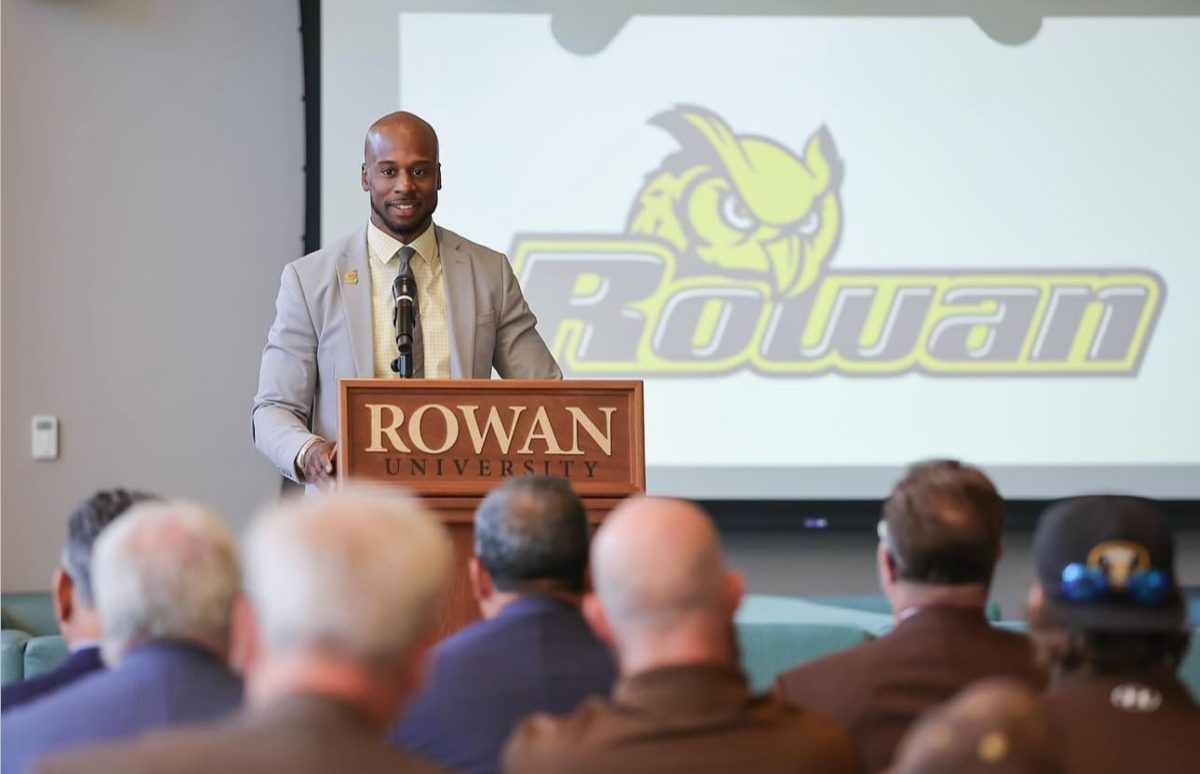

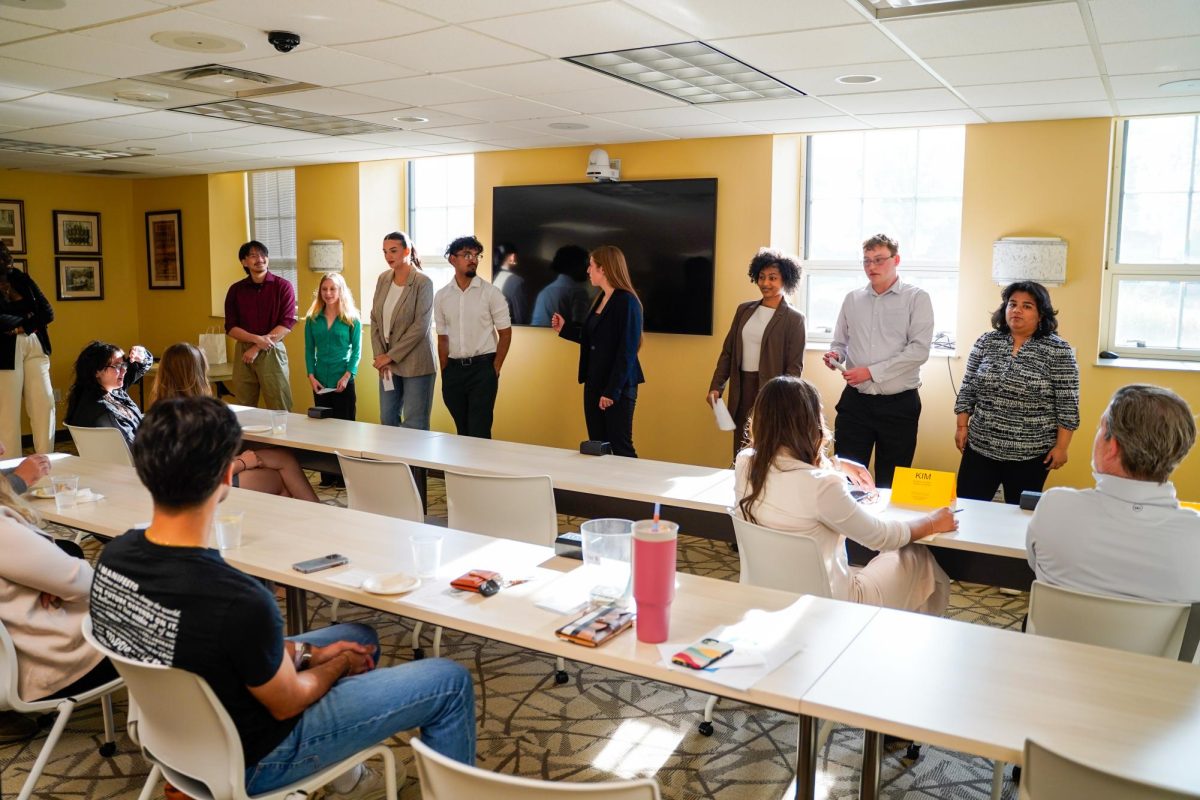
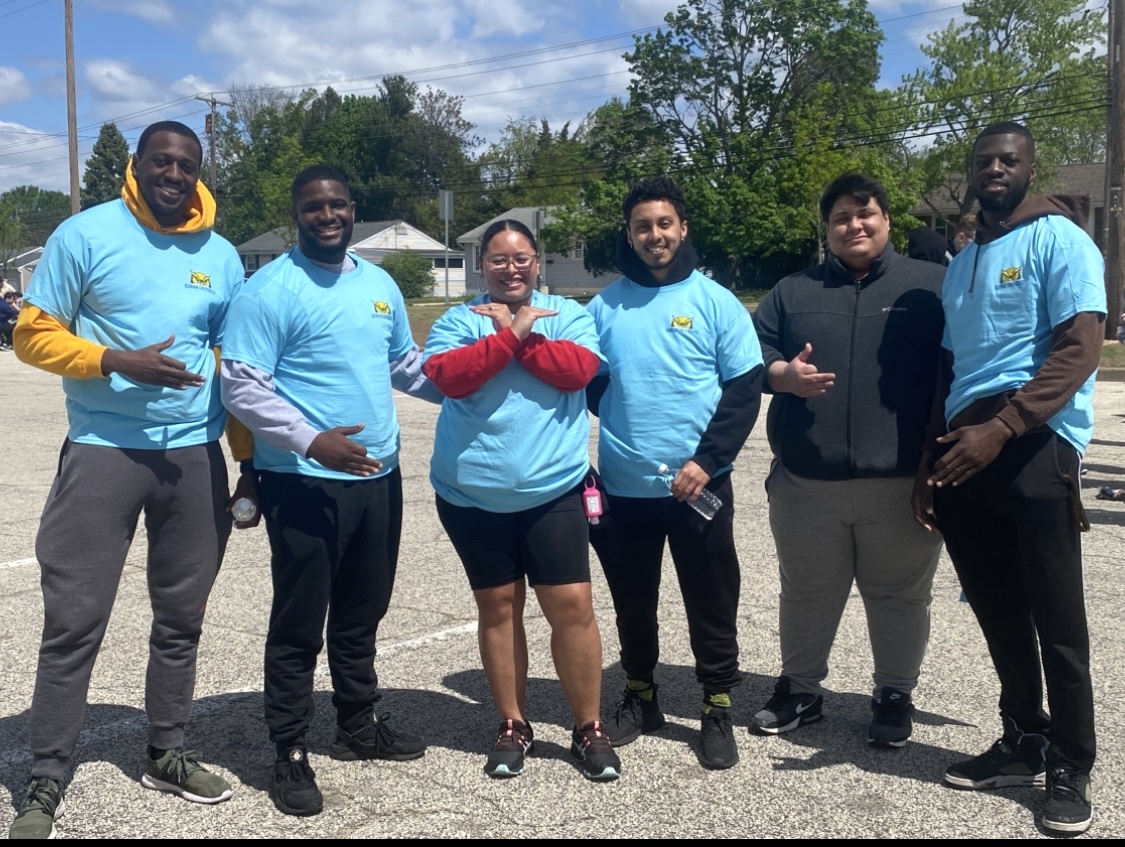


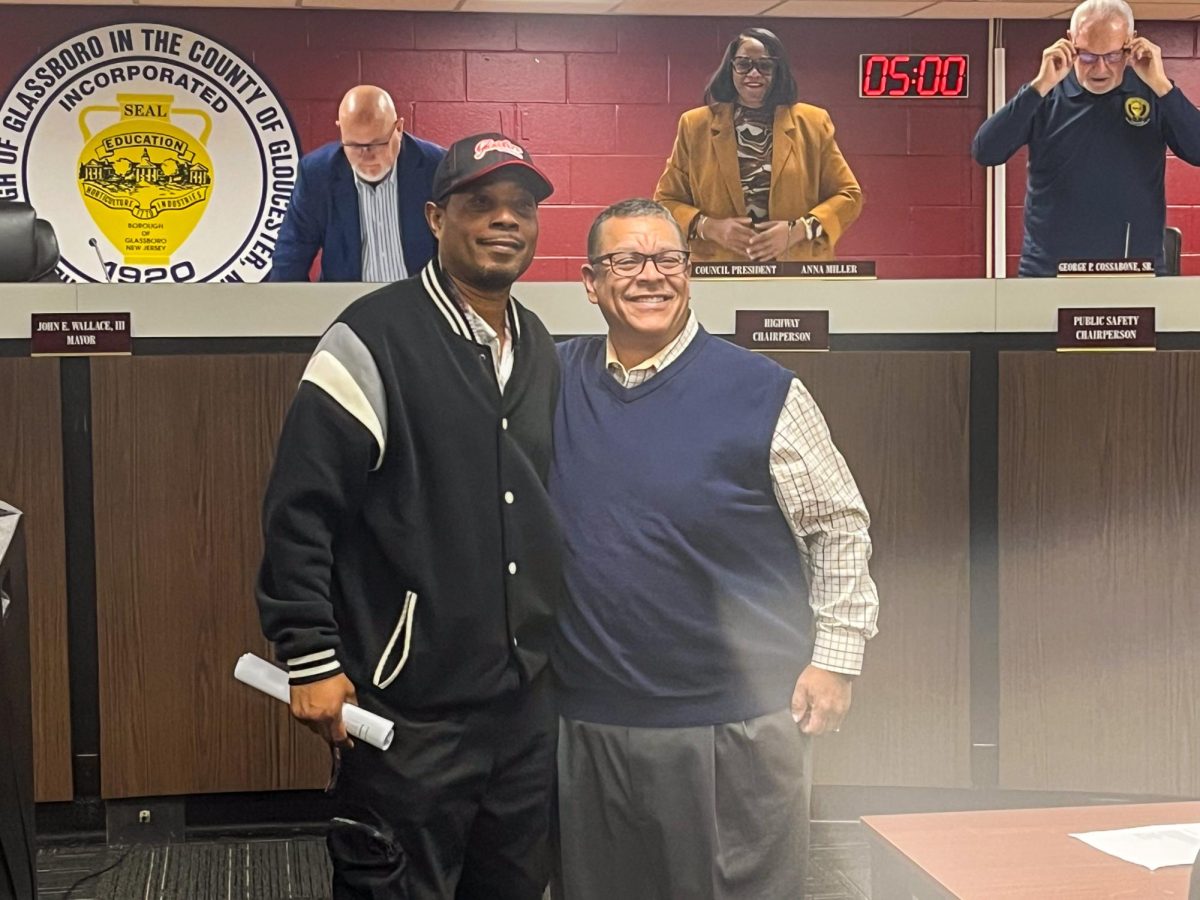












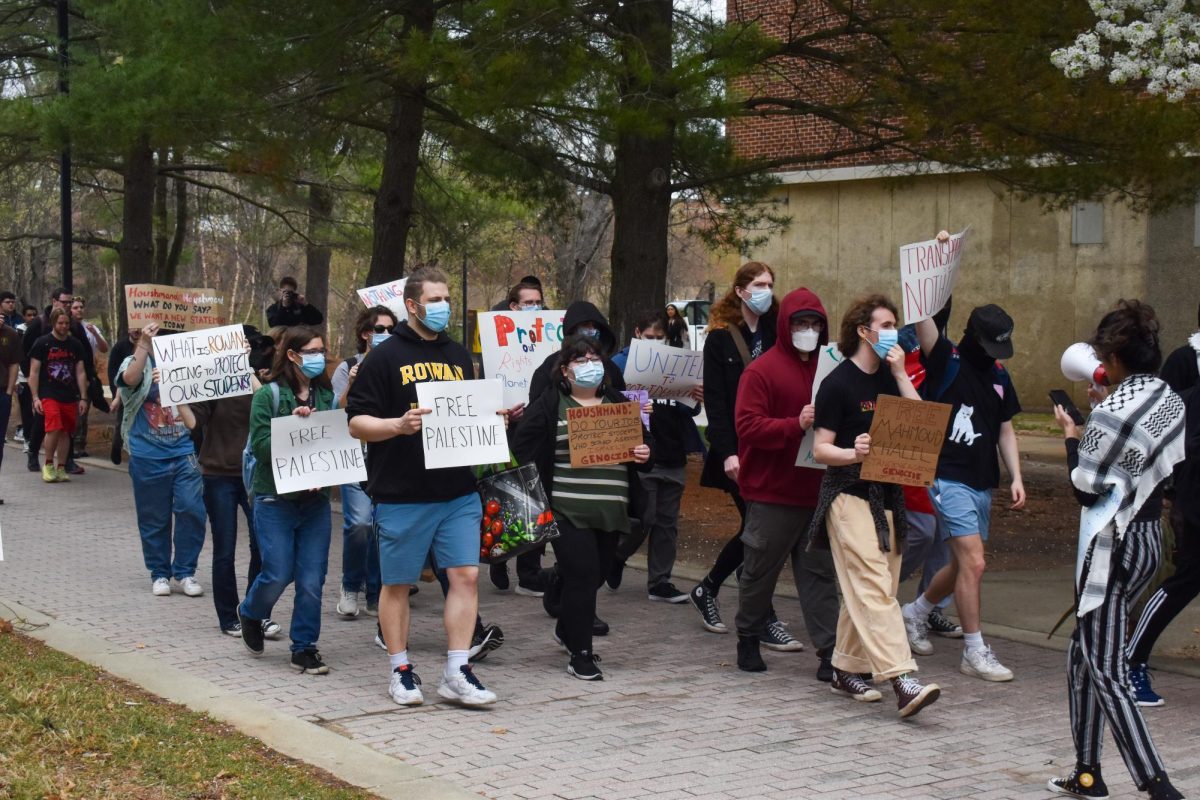



































































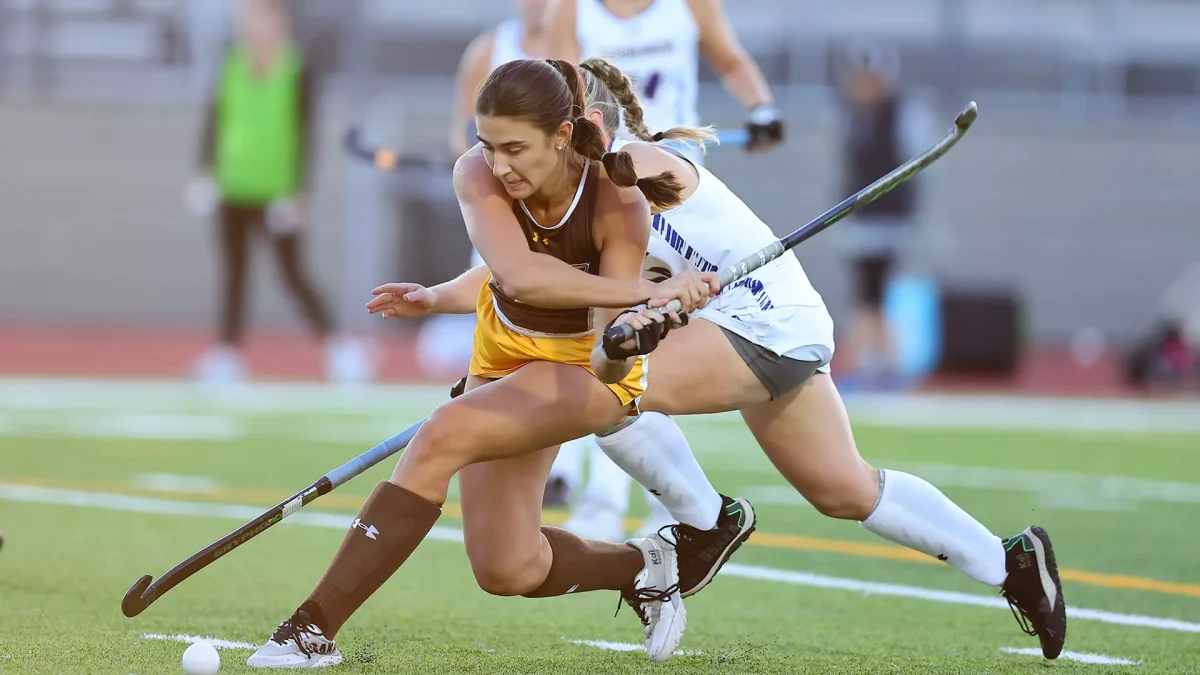

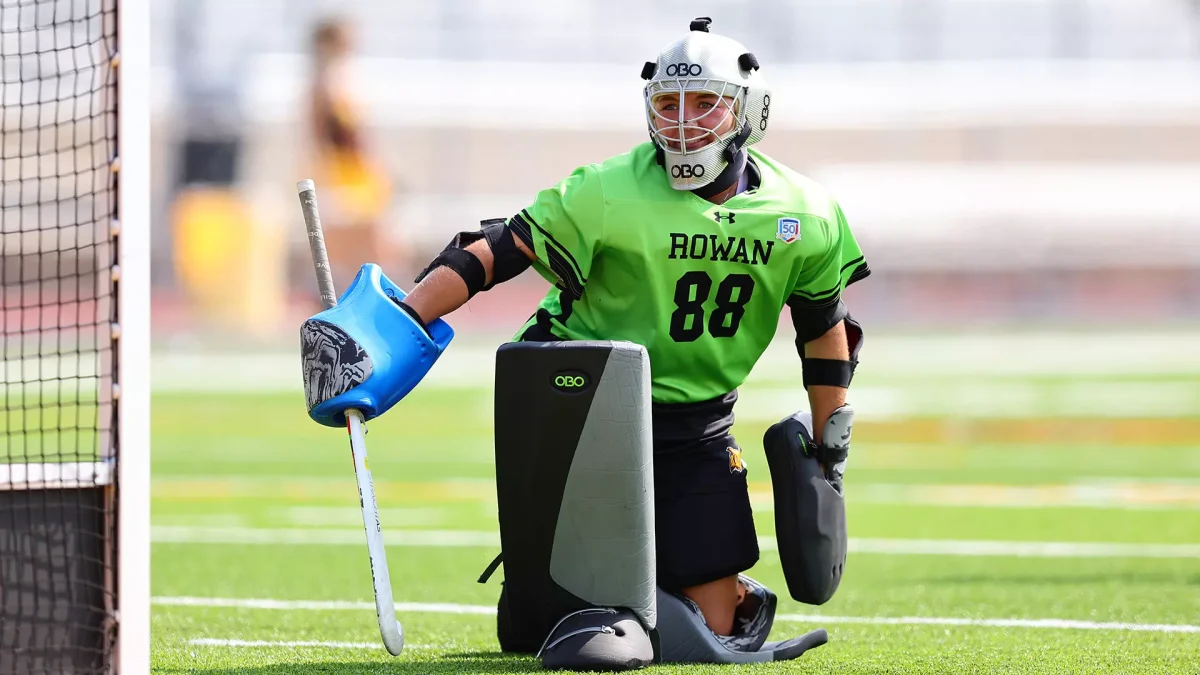


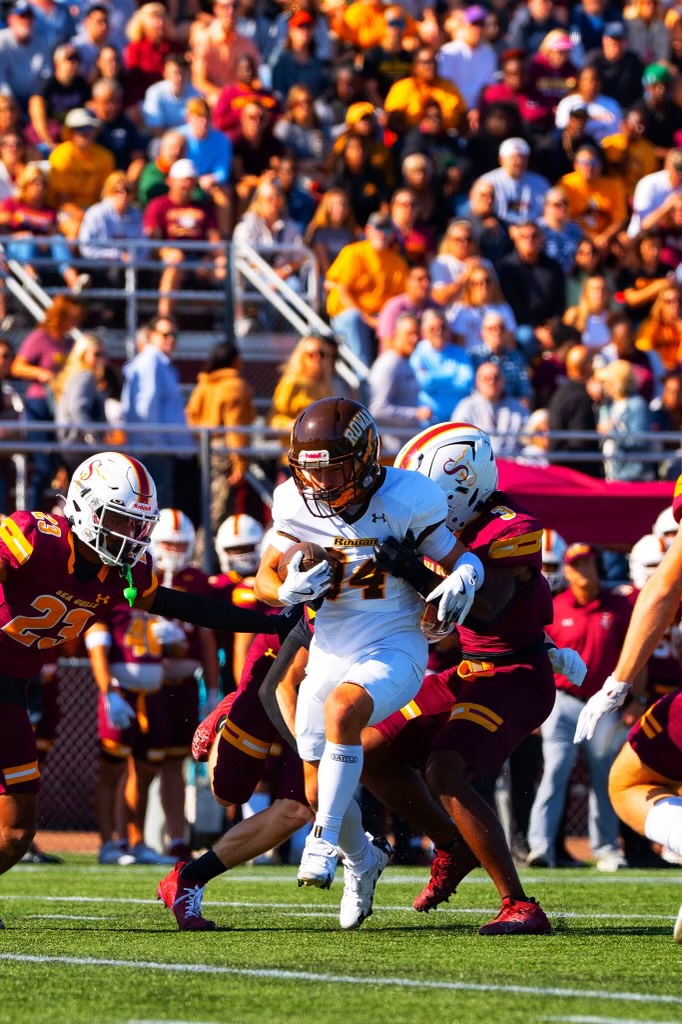
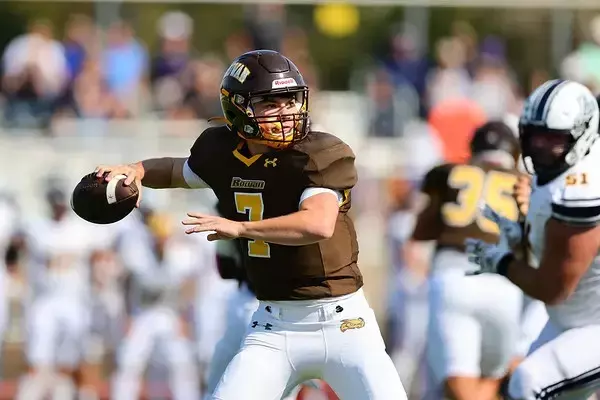


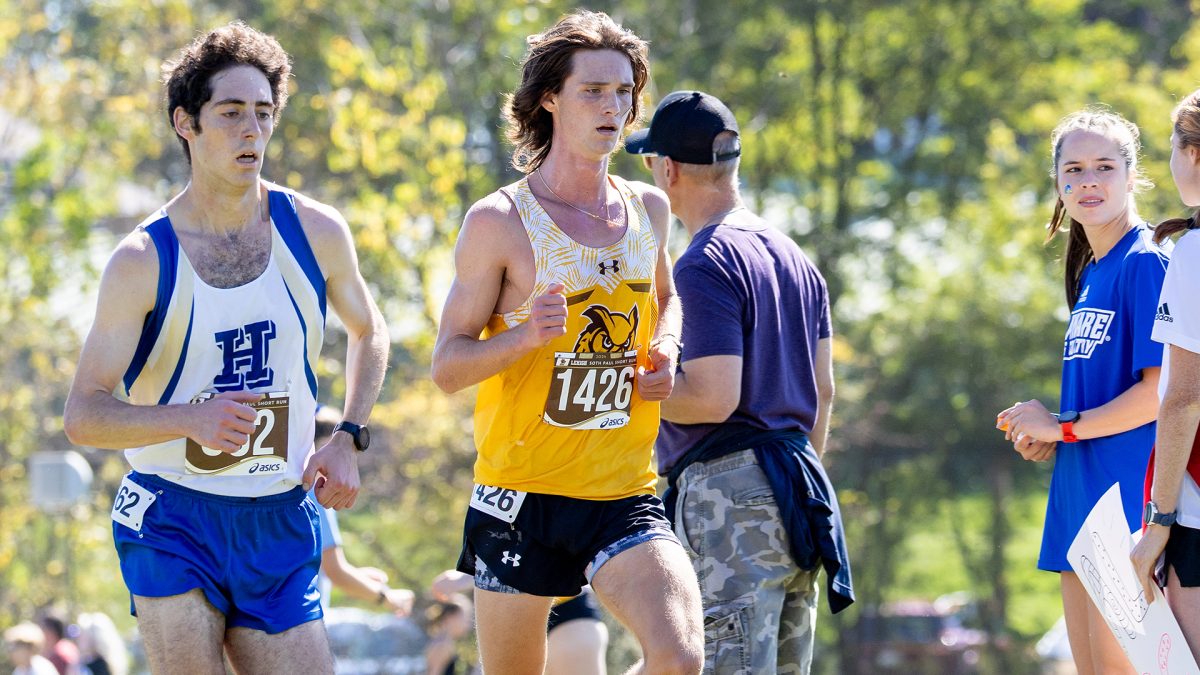



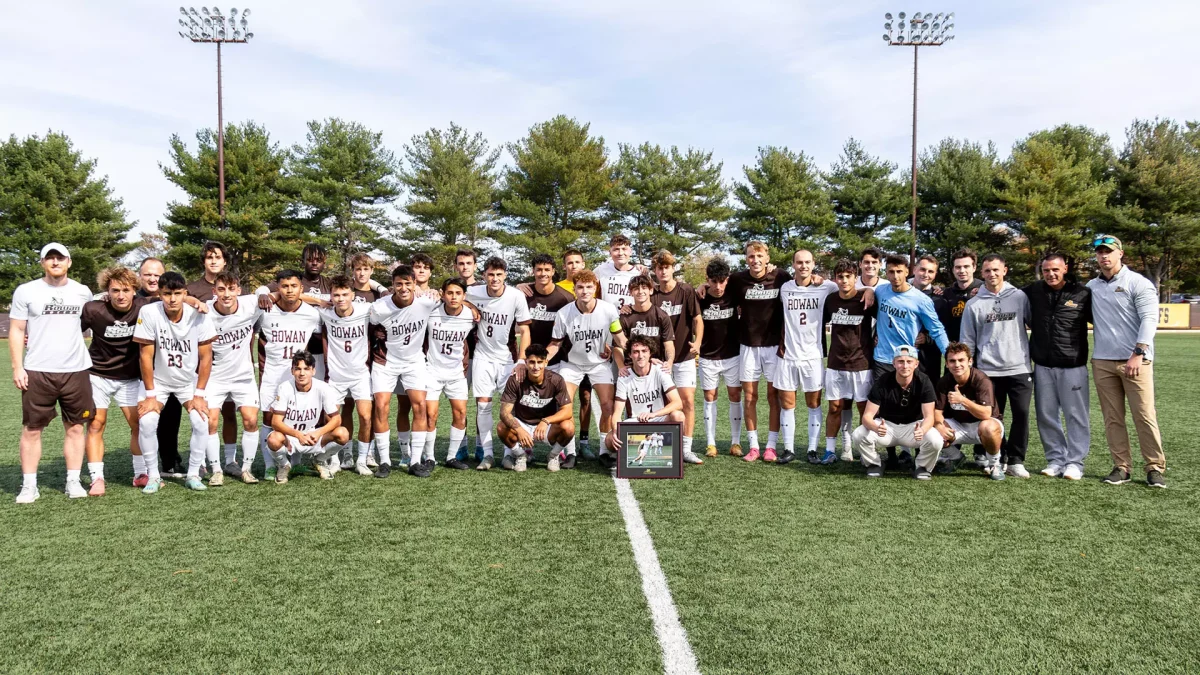

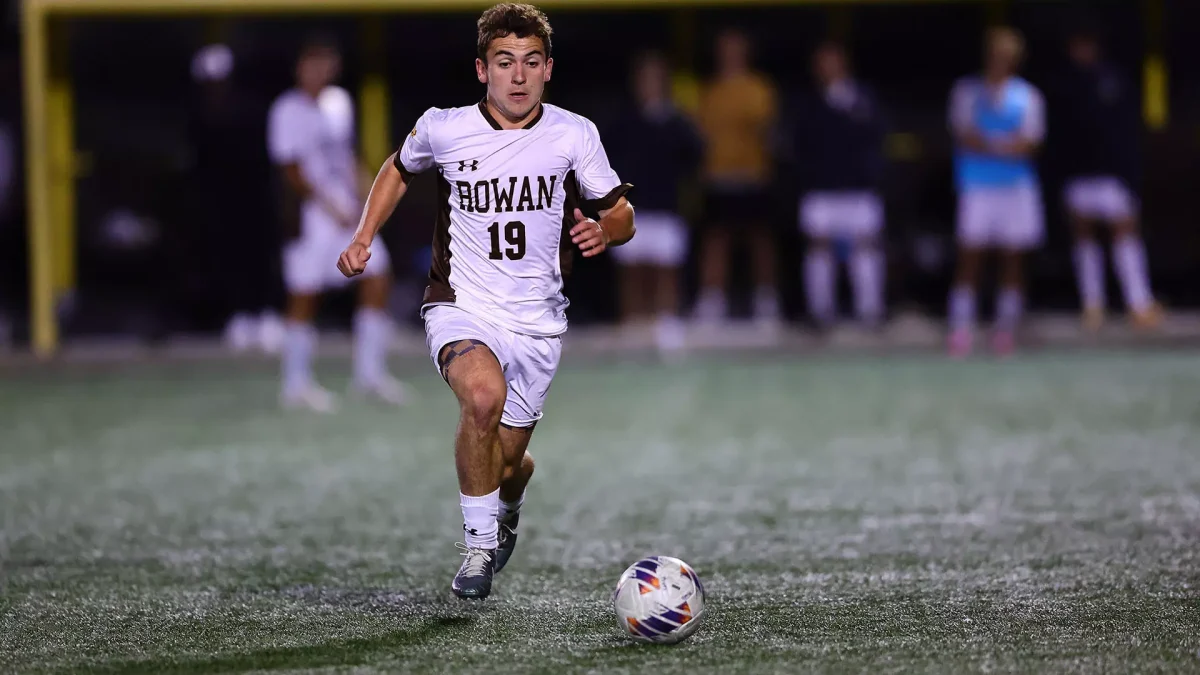



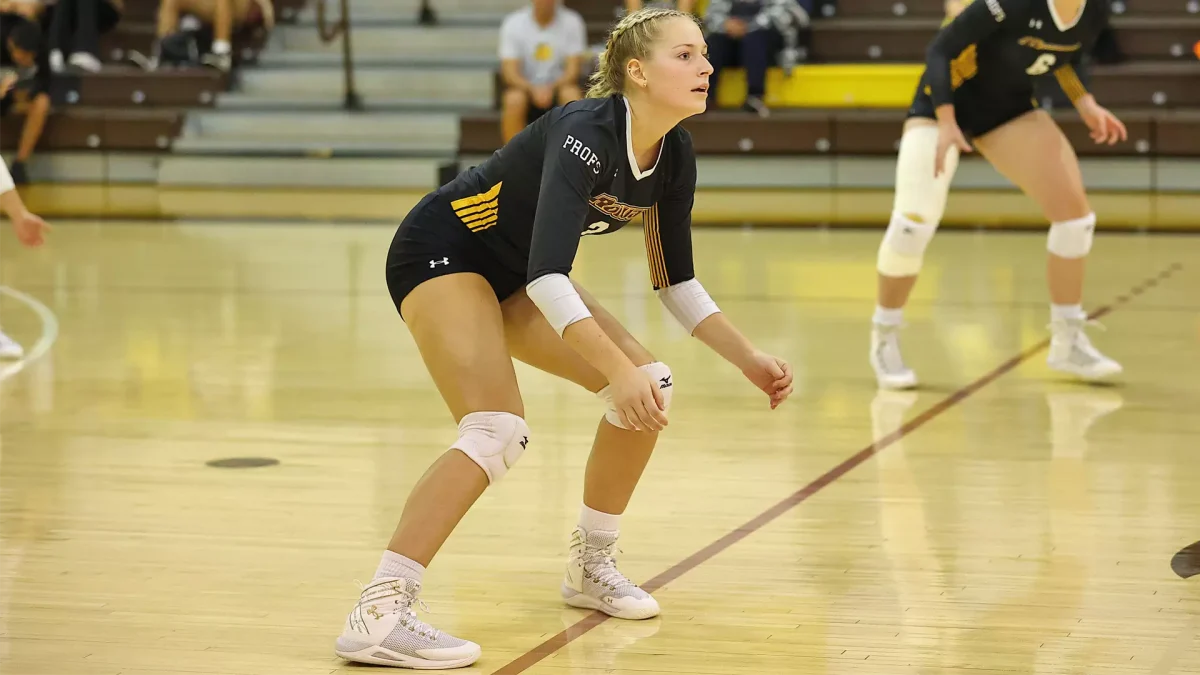








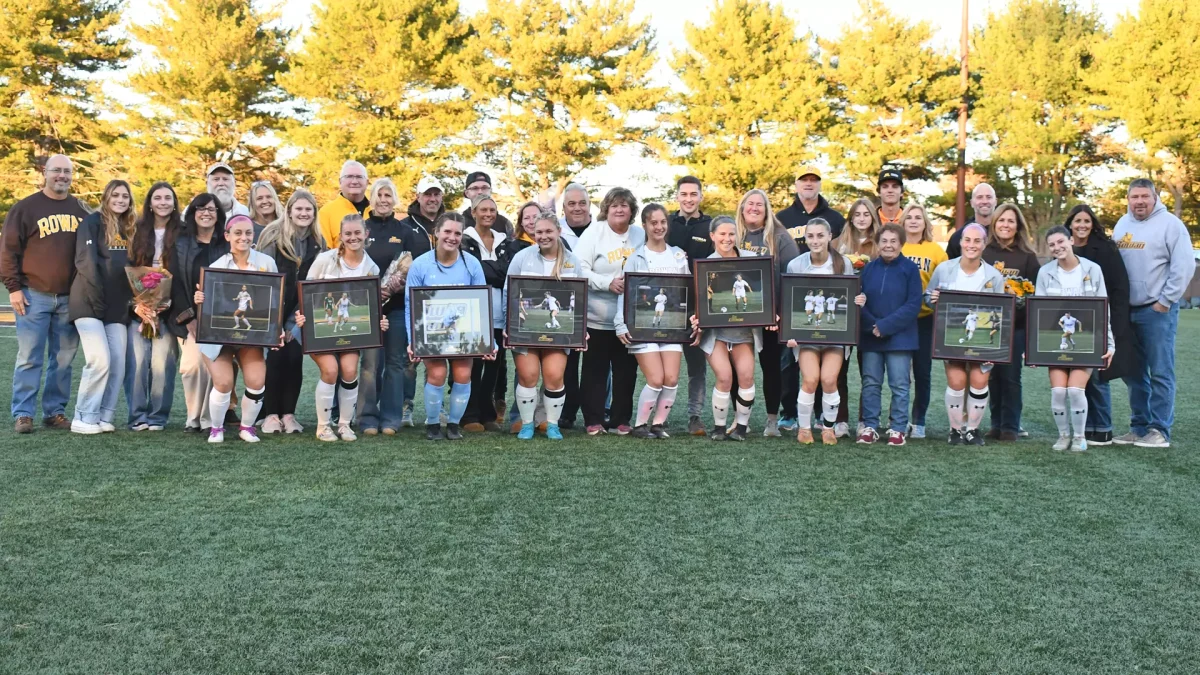











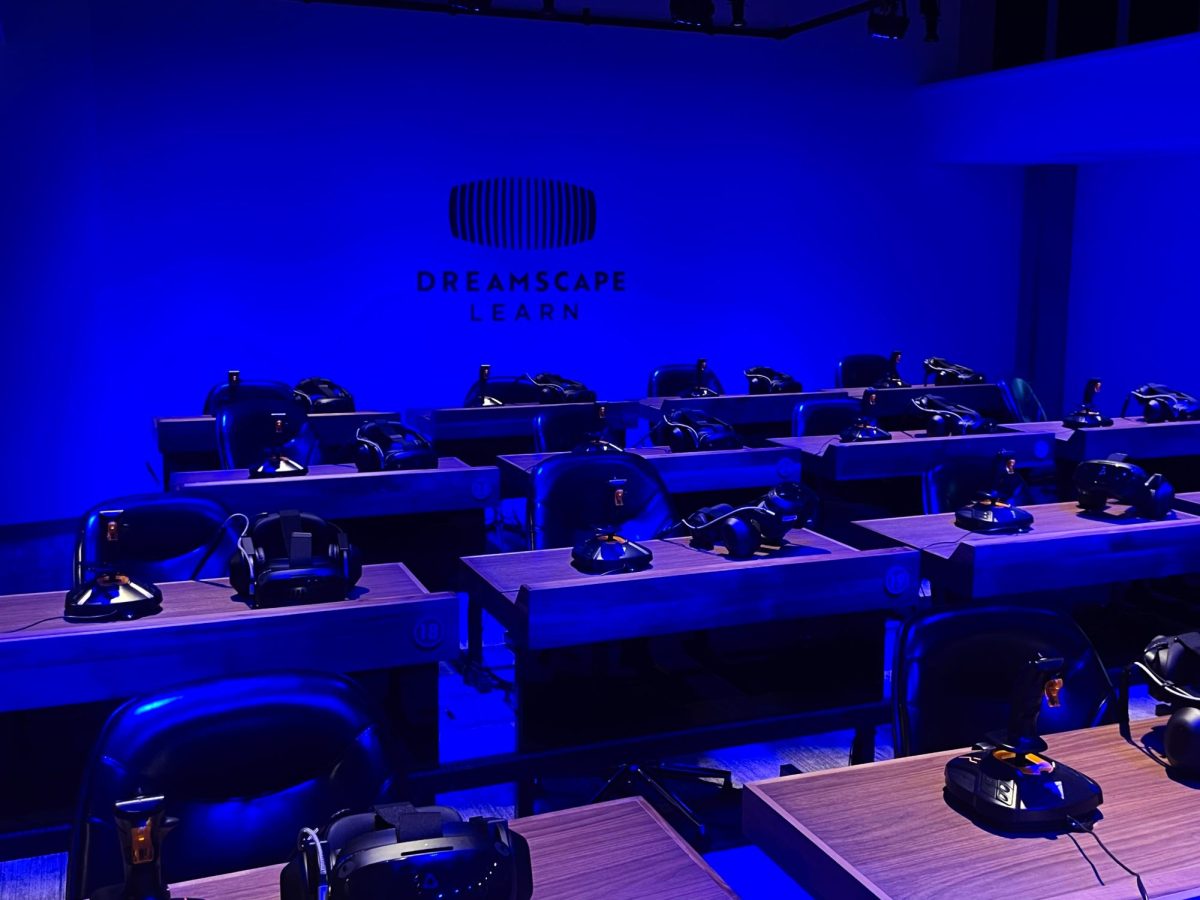
























!["Working with [Dr. Lynch] is always a learning experience for me. She is a treasure,” said Thomas. - Staff Writer / Kacie Scibilia](https://thewhitonline.com/wp-content/uploads/2025/04/choir-1-1200x694.jpg)

